From pv magazine global
Scientists from Australian National University (ANU) have identified 530,000 locations throughout the world that could be suitable sites for 22 million GWh of hydro-pumped storage capacity.
”The perception has been there are limited sites for pumped hydro around the world, but we have found hundreds of thousands,” the research team said.
The researchers also said the sites — which relate to closed-loop pumped-hydro energy storage projects, located away from rivers with little environmental impacts — were identified through a global audit that relied on geographic information system (GIS) algorithms. The algorithms helped to identify dry-gully or turkey’s nest sites, which include upper and lower reservoirs with hypothetical tunnels between them. The researchers were able to look at data such as latitude, longitude, altitude, water volume, energy storage potential and approximate relative cost.
The scientists also said that the cost of building pumped-hydro storage systems can be broken down into two major components: the cost of machinery parts such as turbines, generators, transformers and switchyards, which can be calculated in $/kW; and storage capacity components that must be calculated in $/MWh.
“While a wide range of factors such as geology and hydrology are involved in site selection and dam construction, the topography of a site is always a critical issue which decides the type, height and shape of a dam, as well as the amount of earthwork required to build it,” the researchers wrote.
The team’s automatic GIS-based procedures have contributed to the development of a mapping tool, called Stores, which is said to highlight ideal regions for pumped-hydro deployments, while identifying sites with high water-to-rock ratios, which means large reservoir volumes with less earthwork.
“Only a small fraction of the 530,000 potential sites we’ve identified would be needed to support a 100% renewable global electricity system. We identified so many potential sites that much less than the best 1% will be required,” said the researchers.
At the end of 2016, there were over 160 GW of pumped-hydro storage systems in operation around the world, according to the study. Most of this capacity is located in Europe, with more than 50 GW, followed by China at 32 GW, Japan at 26 GW and the United States at 23 GW.
While recent studies from ANU have shown Australia can build an affordable and reliable electricity network with 100% renewable energy with the support of short-term off-river PHES, the new research extends the previous work to the rest of the world and provides closer analysis of Australia’s pumped hydro potential.
In September 2017, the ANU team identified 22,000 prospective upper reservoirs across Australia. The new audit identifies both upper and lower reservoir pairs and a route for the connecting tunnel. “Only the most promising 3,000 sites are retained in our audit of Australia,” Matthew Stocks from the ANU Research School of Electrical, Energy and Materials Engineering (RSEEME).
Additionally, the new research paper includes a case study conducted for South Australia. It identifies 190 sites in the state, with a storage capacity of 441 gigalitres, equivalent to 276 GWh of storage.
Localized by Marija Maisch
This content is protected by copyright and may not be reused. If you want to cooperate with us and would like to reuse some of our content, please contact: editors@pv-magazine.com.
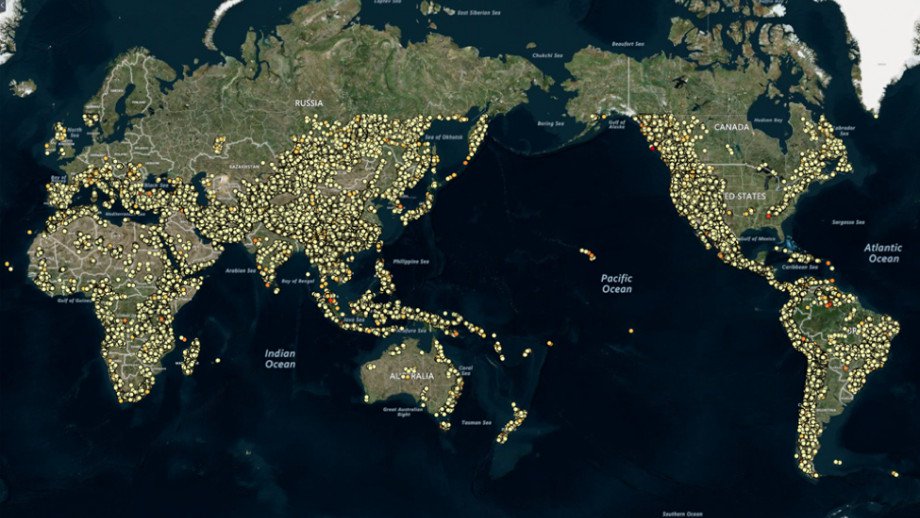
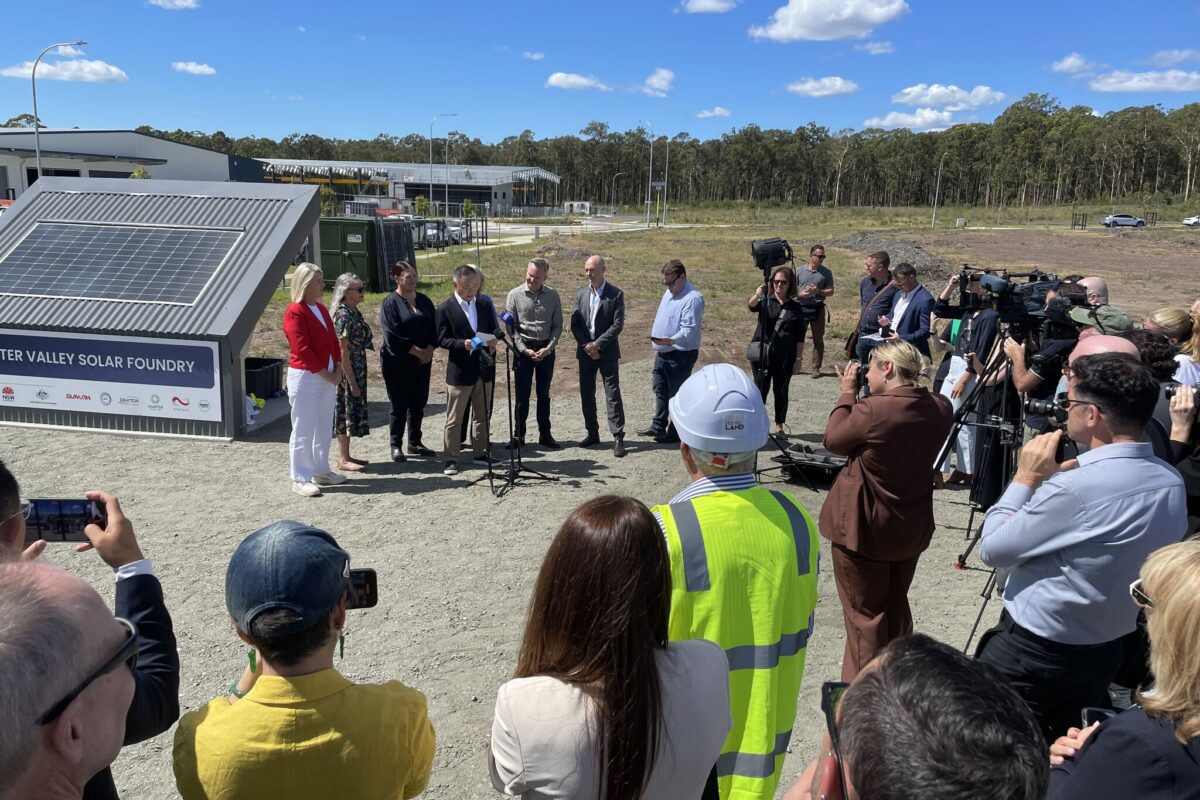


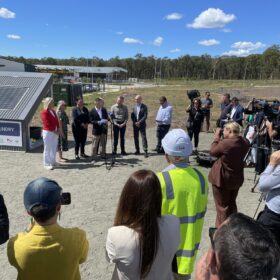
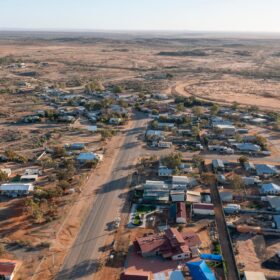
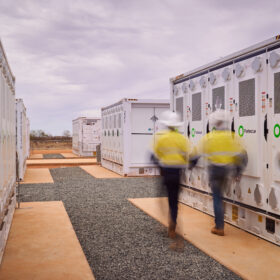
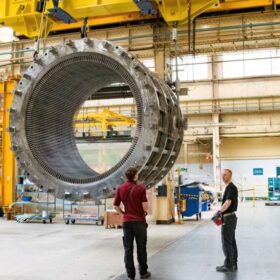

Solid Pumped Hydro can make most of the identified PHES sites viable even in dry years.
In many part of the world these identified sites would only be viable in the wet years and would have to cease operations in the dry (drought) years. Solid Pumped Hydro is an emerging technology which needs sixty times less water than Pumped Hydro Energy Storage(PHES). SPH is likely to be viable even in the dry years at the same location where PHES would stop working.
In addition SPH has very little locational, geological or scale restrictions as compared to PHES and is typically half the cost of PHES. This means many sites which are not suitable for PHES can be used for SPH to store energy. This is very useful if sites can be found which do not need long transmission lines to be built to be connected to the existing grid as what is described as embedded storage.
By storing sand or powdered rock, which is 2.5 to 5 times as dense as water, SPH more than double the capacity of each identified PHES site